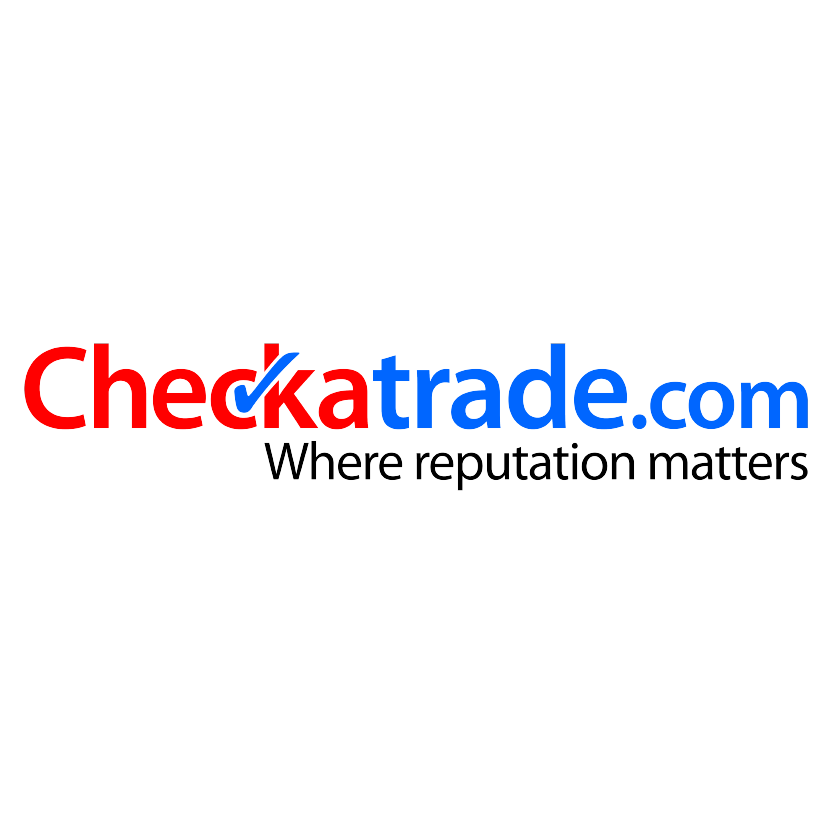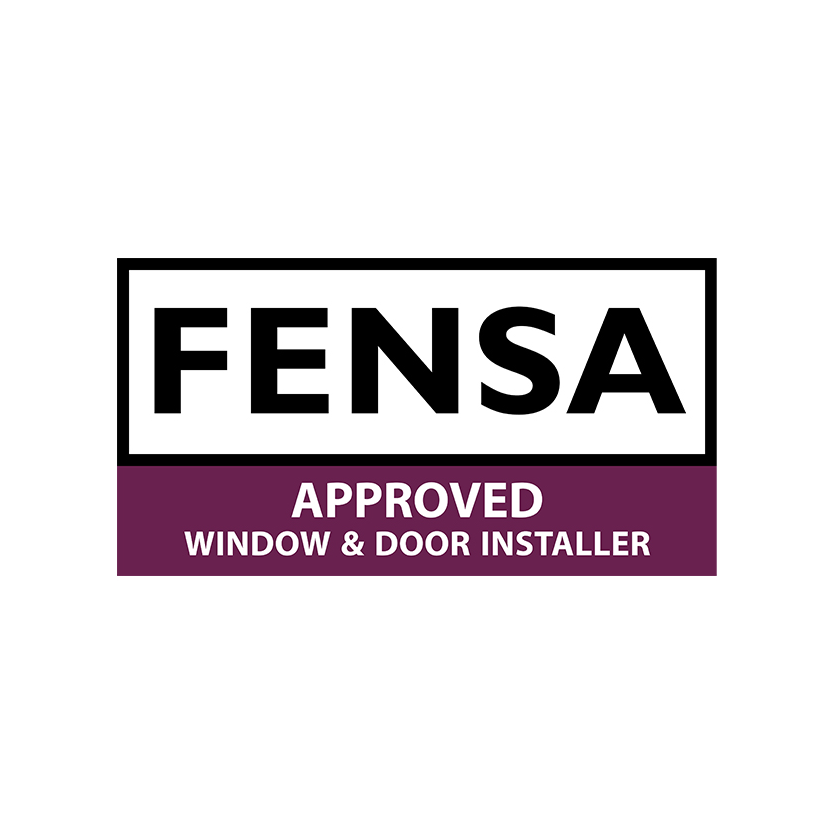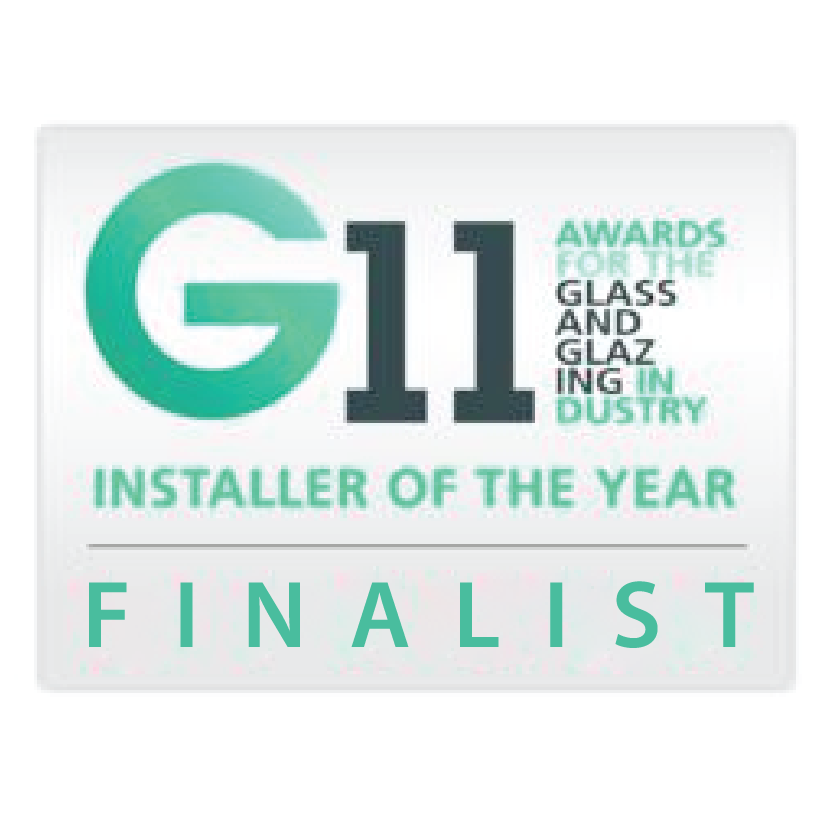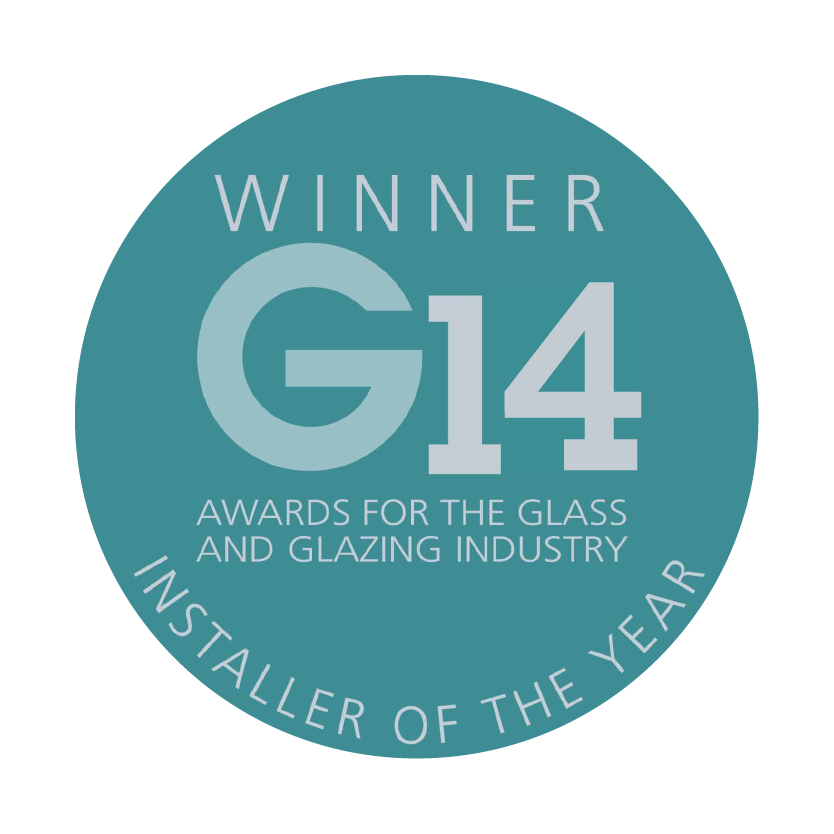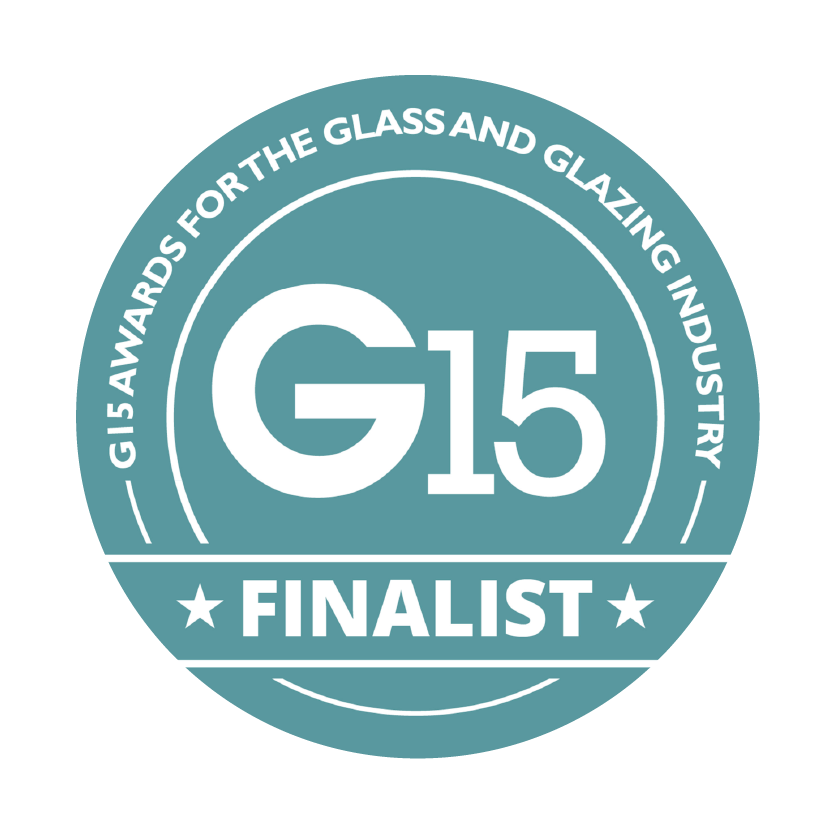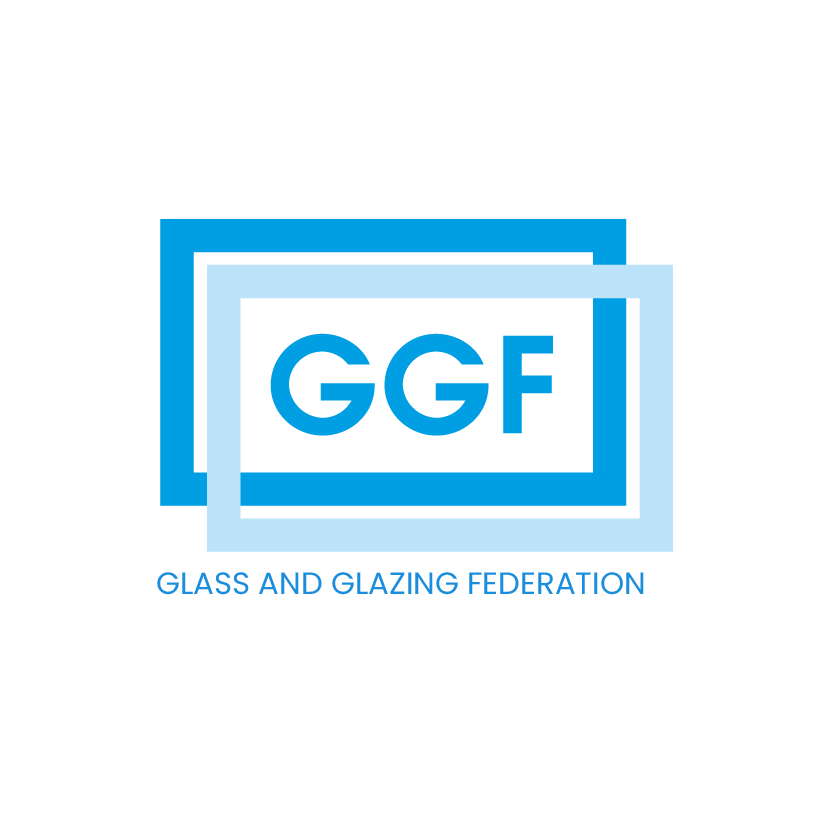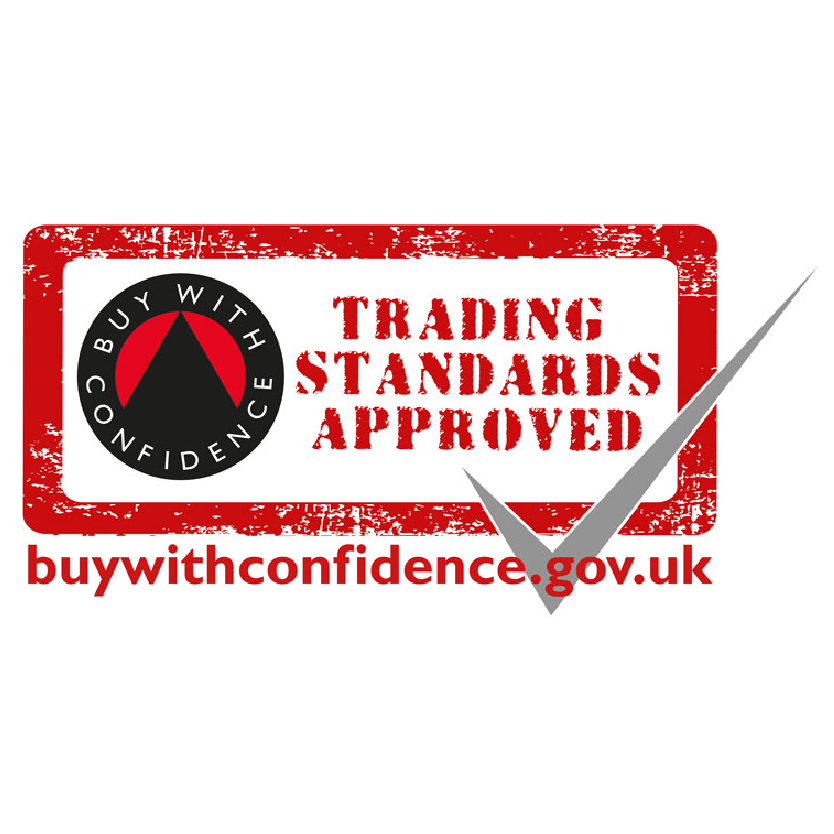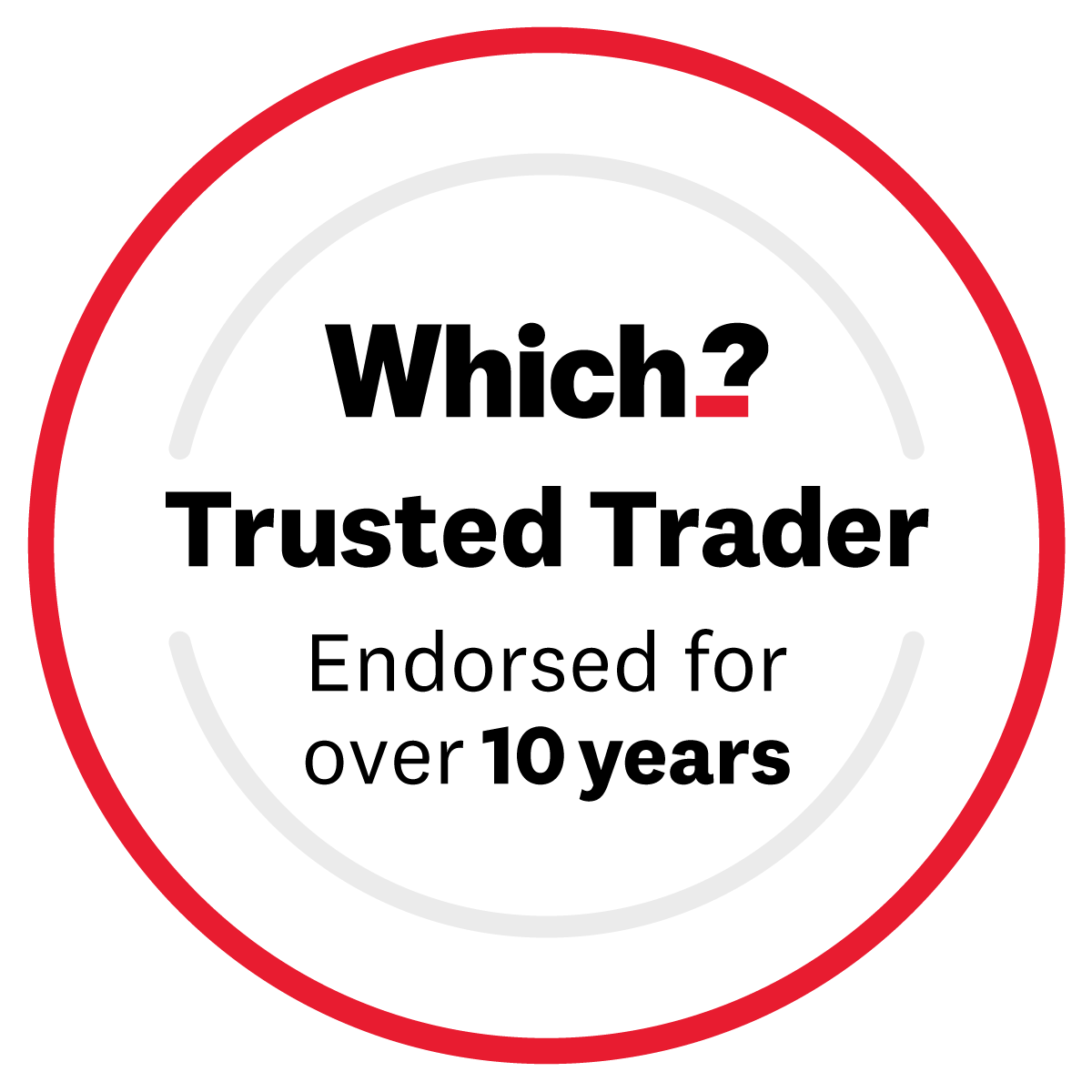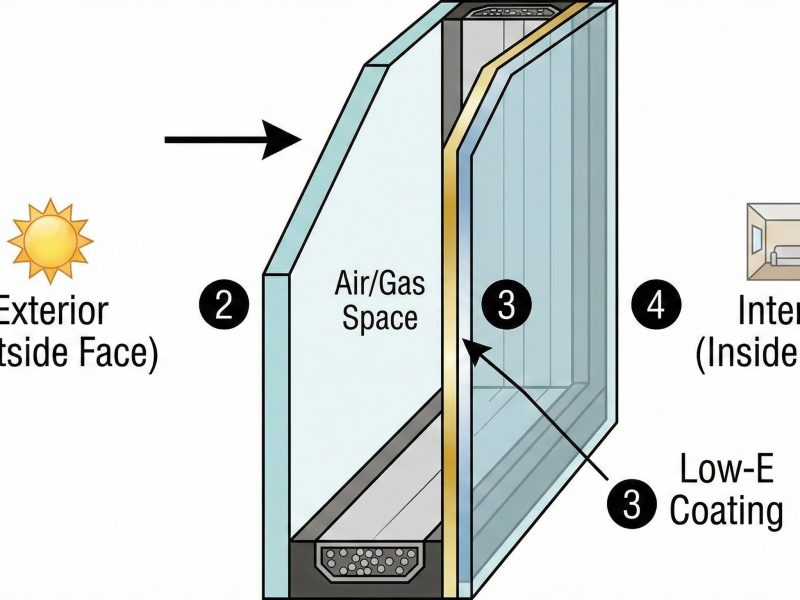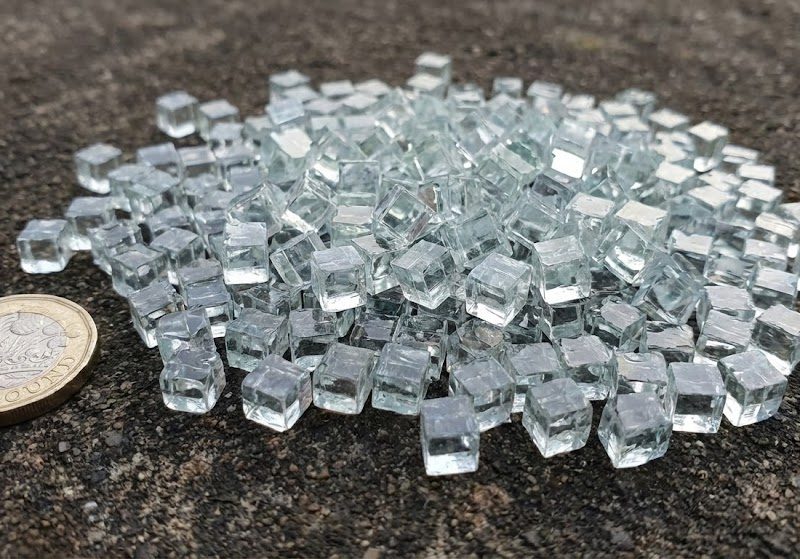
Timber - PVC - Aluminium - Windows, Doors & Conservatories in Hampshire
The Quiet Strength: Understanding the Security and Acoustic Benefits of Laminated Glass
The Quiet Strength: Understanding the Security and Acoustic Benefits of Laminated Glass
Category: Home Improvement / Glazing Guide
Reading Time: 8 Minutes
Key Takeaways
- Unbreakable Barrier: Unlike standard glass, laminated glass holds together when shattered, preventing entry.
- Noise Reduction: The PVB interlayer dampens sound, reducing noise pollution by up to 40dB.
- UV Protection: Blocks 99% of harmful UV rays, protecting furniture from fading.
- Safety Standard: Mandatory for shops, glass floors, and overhead glazing where falling glass is a risk.
When choosing new windows for a home or commercial project, standard glass often falls short in critical areas like safety, security, and noise control. Laminated glass offers a sophisticated engineering solution that goes far beyond simple transparency.
It’s important to understand the different types of safety glass. While this article focuses on laminated glass, we also have a comprehensive guide to Toughened Glass, which is another common form of safety glazing.
In this comprehensive guide, we explore exactly what laminated glass is, why it is the industry standard for security, and how it can reduce noise pollution in your home by up to 40dB.
What is Laminated Glass?
Laminated glass is a type of safety glass constructed by bonding two or more layers of glass together with one or more flexible polymer interlayers. This process typically uses a polyvinyl butyral (PVB) film, which is sandwiched between the glass panes.
The entire assembly is processed in an autoclave (an industrial pressure cooker) where high heat and pressure fuse the layers into a single, optically clear unit. This unique construction means that while the glass looks identical to standard panes, its performance is fundamentally different:
- Standard (Annealed) Glass: Shatters into large, sharp shards upon impact.
- Toughened (Tempered) Glass: Shatters into thousands of small, blunt granules.
- Laminated Glass: Cracks but holds together. The interlayer keeps the shards bonded in place, preventing the panel from falling out of its frame.

How is Laminated Glass Measured?
You will often see laminated glass referred to by numbers such as 6.4mm or 8.8mm. Unlike standard glass (4mm or 6mm), this measurement includes the interlayer.
For example, standard 6.4mm laminated glass is typically composed of:
- Two sheets of 3mm glass.
- One interlayer of 0.38mm PVB.
For higher security ratings, manufacturers increase the thickness of the glass or add multiple layers of PVB (e.g., 0.76mm or 1.52mm) to withstand greater force.
Unmatched Security and Safety Standards
The primary reason for specifying laminated glass is physical protection. It is widely used in shop fronts, banks, and secure homes because it acts as a barrier that is incredibly difficult to penetrate.
The “Axe Test” (BS EN 356)
To be classified as security glazing, the glass must pass rigorous testing standards such as BS EN 356. This involves a “hard body drop test” (dropping a 4.11kg weight) and, for higher ratings, a manual attack test using a hammer and an axe.
While standard glass smashes instantly, laminated glass absorbs the shock. Even if the glass cracks, the PVB interlayer resists tearing, delaying intruders significantly.
Did You Know?
Under UK Building Regulations, critical locations (such as doors and low-level windows) have strict requirements. The glass must be safety glass: This could be laminated glass or toughened glass that meets the safety standards (BS 6206 / EN 12600) to prevent injury from accidental impact.
Where is Laminated Glass Used?
Because it holds its structure when broken, laminated glass is the only option for applications where falling glass would be catastrophic:
- Conservatory Roofs & Skylights: Prevents glass falling on people below if broken.
- Glass Balustrades & Stairs: Provides structural integrity even after breakage.
- Shop Fronts & Jewelry Cases: Delaying “smash and grab” theft.
- Walk-on Glass Floors: Requires multiple thick layers of laminated glass.
- Car Windscreens: The original use for laminated glass, preventing shards from flying into the driver’s face.
Sound Insulation: The Science of Silence
Noise pollution is a growing concern for modern living. Laminated glass is widely regarded as the most effective glazing solution for acoustic control because the plastic interlayer dampens vibration.
The “Asymmetric” Advantage
For the best noise reduction, acoustic laminated glass is often used in a Double Glazed Unit where the two panes are different thicknesses (e.g., 6mm outer pane and 6.4mm laminated inner pane). This variation disrupts sound waves at different frequencies, preventing them from travelling through the window.
Estimated Noise Reduction Performance
| Glass Type | Typical Reduction (Rw) | Effectiveness |
|---|---|---|
| 4mm Standard Single Glazing | 29 dB | Low |
| Standard Double Glazing | 33 dB | Medium |
| Laminated Acoustic Glazing | 40+ dB | High |
How to Identify Laminated Glass
It can be difficult to tell laminated glass from standard glass just by looking at it, but there are two main ways to identify it:
- Check the Kitemark: All safety glass should carry a permanent stamp or Kitemark in the corner. Look for the code BS EN 14449 (Laminated Glass) or BS EN 12600 (Impact Test).
- Check the Edge: If you can see the edge of the pane (before it is installed in a frame), you will see the “sandwich” effect—two sheets of glass with a distinct line of plastic running down the middle.
Additional Benefits: UV Protection
Beyond security and silence, laminated glass offers passive protection for your interior. The PVB interlayer blocks up to 99% of harmful UV rays. This significantly slows down the “bleaching” effect of the sun, protecting expensive hardwood floors, curtains, and artwork from fading.
Frequently Asked Questions (FAQs)
While both are safety glasses, they fail differently. Toughened glass is treated to shatter into small, blunt fragments upon impact. Laminated glass, due to its PVB interlayer, remains largely intact when broken, holding the shards in place like a car windshield. Toughened is often used for thermal resistance, while laminated is preferred for security.
No. Once the glass has been laminated (bonded with the interlayer), it cannot be cut, drilled, or altered without compromising the structural integrity of the panel. All sizing and cutouts must be performed on the individual sheets of glass before the lamination process begins.
Yes, laminated glass is typically more expensive than standard annealed glass due to the additional material (PVB) and the autoclave manufacturing process. However, the added value in safety, security, and noise reduction often justifies the investment.
The PVB layer can slightly improve thermal insulation compared to a single pane of standard glass, but for true energy efficiency, laminated glass is almost always combined with a second pane in a Double Glazed Unit (DGU), often with a low-emissivity (Low-E) coating.
Upgrade Your Home’s Glazing Today
Whether you need better soundproofing or enhanced security for your doors and windows, KJM has the solution. Contact us to discuss our laminated glass options.
- KJM Update: How We Are Closing the Loop on Window Scrappage - 19 November 2025
- KJM Group MD Attends House of Commons Event to Champion UK Glass Industry - 14 November 2025
- Industry News Alert: Pilkington Discontinues Classic Flemish Glass - 14 November 2025
